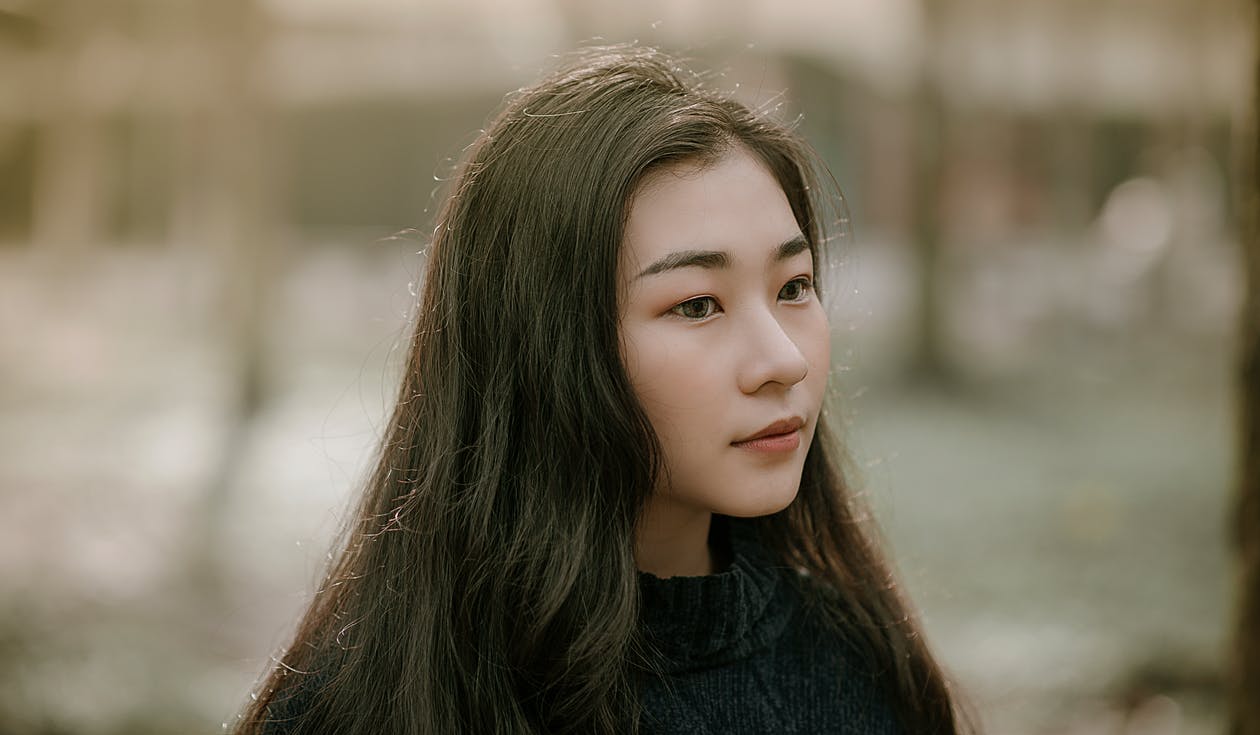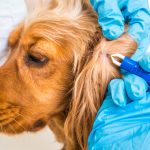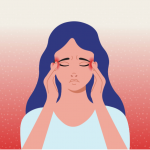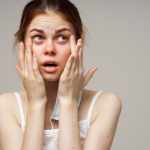Lice are not just contagious but a bother to everyone. Though most people talk about heal lice there are other types of lice that have been left unmentioned for long. Not because they don’t affect people but simply because people have concentrated so much on the head lice.
While the body and pubic lice can occur due to unhygienic and a lack of personal hygiene, head lice can happen to anyone despite how clean you are. The school going children are the most affected ones with about 12 million children infected each year with head lice. The biggest problem is managing these lice so that they are not contracted by the other members of the family.
So what are lice?
Lice are very small, parasitic insects that do not have wings and feed on human blood. They do not have wings so they don’t fly and don’t hop – in fact, they crawl. This is why those infested keep scratching their heads.
The different kinds of lice are:
- Head lice – The most common type of lice develops on the neck and scalp. The lice attach their eggs to the base of the hair shafts. Head lice are always visible at the nape of the neck and over the ear.
- Body lice – These lice live in clothing and bedding and only move to the skin to feed. Body lice are common in people who don’t bathe or wash their clothes regularly.
- Pubic lice – These are also called crabs that occurs on the hair and skin of the pubic area. It mostly occurs on the coarse hair of the chest, eyebrows or eyelashes.
The head lice infestation
The head lice are the tiny lice that attach their eggs or nits at the bottom of the hair shafts. These eggs are too small and difficult to see with bare eyes. They take 8-9 days to hatch and they are more likely to hatch up to a quarter inch or less from where your hair comes out of the scalp.
The eggs that are attached to the hair more than a quarter inch from the base of the hair shaft are likely to have hatched. They are already dead with an empty casing. It is important to kill both the lice and the lice eggs in order to be effective in lice treatments.
Lice signs and symptoms
You cannot treat lice without knowing its signs and symptoms. There are visible lice symptoms to be on the lookout for and they include:
- Intense itching
- Tickling feeling that comes when the hair moves
- Visible lice on your body, hair, clothing, and scalp
- Small red bumps on the scalp, shoulders, and neck
- Irritability and difficulty in sleeping
- Sores on the lice-infested area that is caused by itching
It is very important to note that nits or lice eggs are commonly confused with dandruff. Dandruff can be easily brushed out from the hair but lice do not budge so easily and will always remain on the hair or the scalp. The nits can also be mistaken for scabs or droplets of hairspray.








I think my son might have lice, but I’m not sure. You mentioned that lice are almost always visible on the nape of the neck and above the ear. I’ll definitely check those two spots to see if I can find any lice in his hair, and get him treated as soon as possible.